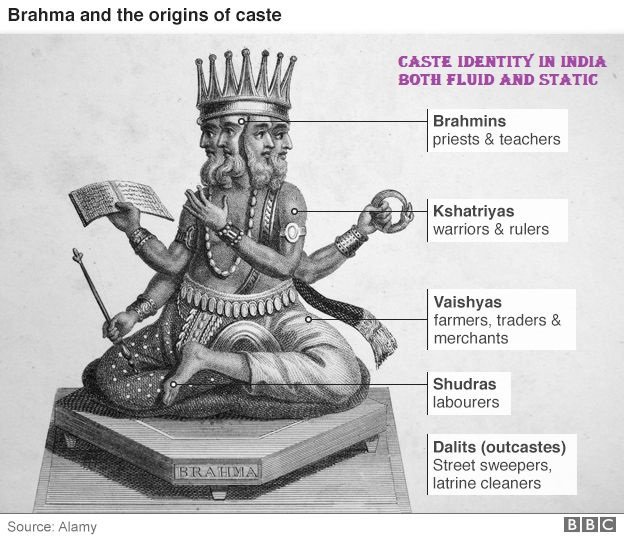Caste identity in India exhibits both fluidity and rigidity due to a combination of historical, social, economic, and political factors. Here are some reasons explaining this dual nature:
Fluidity of Caste Identity:
- Economic Mobility: Individuals and families can improve their socio-economic status through education, employment, and wealth accumulation, which can sometimes lead to changes in their perceived caste status. Economic success can blur traditional caste boundaries.
- Urbanization: Migration to urban areas for better opportunities can reduce the rigid adherence to caste norms. In cities, people often live and work in more diverse environments where caste identity may be less emphasized.
- Political Mobilization: Caste-based political movements and alliances can lead to shifts in caste identity and affiliations. Political parties often encourage the formation of new caste identities or coalitions to gain electoral support.
- Inter-caste Marriages: Although still relatively rare, inter-caste marriages are becoming more common, especially in urban areas. This can lead to a blending of caste identities over generations.
- Affirmative Action Policies: Reservation policies in education, employment, and politics have led to the empowerment of traditionally marginalized castes, allowing for upward social mobility and altering caste dynamics.
Static Nature of Caste Identity:
- Historical and Cultural Roots: Caste has deep historical and cultural roots in Indian society, with origins in the ancient varna system. This historical continuity contributes to the persistence of caste identities.
- Social Norms and Traditions: Many communities continue to follow strict social norms and traditions related to caste, including endogamy (marrying within one’s caste), which reinforces caste boundaries.
- Rural Context: In rural areas, where the majority of the Indian population still resides, caste identities are often more rigidly maintained. Social interactions, community life, and economic activities are often organized along caste lines.
- Discrimination and Social Exclusion: Persistent caste-based discrimination and social exclusion reinforce caste identities. Those from marginalized castes often face systemic barriers that limit their social mobility, keeping caste boundaries intact.
- Caste-based Networks: Many social, economic, and political networks in India are organized along caste lines. These networks provide support and resources but also reinforce caste identities and divisions.
- Religious Sanction: Traditional Hindu religious texts and practices have historically sanctioned the caste system, and these religious beliefs continue to influence social attitudes towards caste.
Conclusion:
Caste identity in India is a complex and multifaceted phenomenon. Its fluidity is driven by socio-economic changes, urbanization, political movements, and progressive social policies. However, its static nature is maintained by historical legacies, cultural practices, rural contexts, persistent discrimination, and deeply entrenched social norms. The interplay between these dynamic and static elements shapes the evolving nature of caste in contemporary India.


